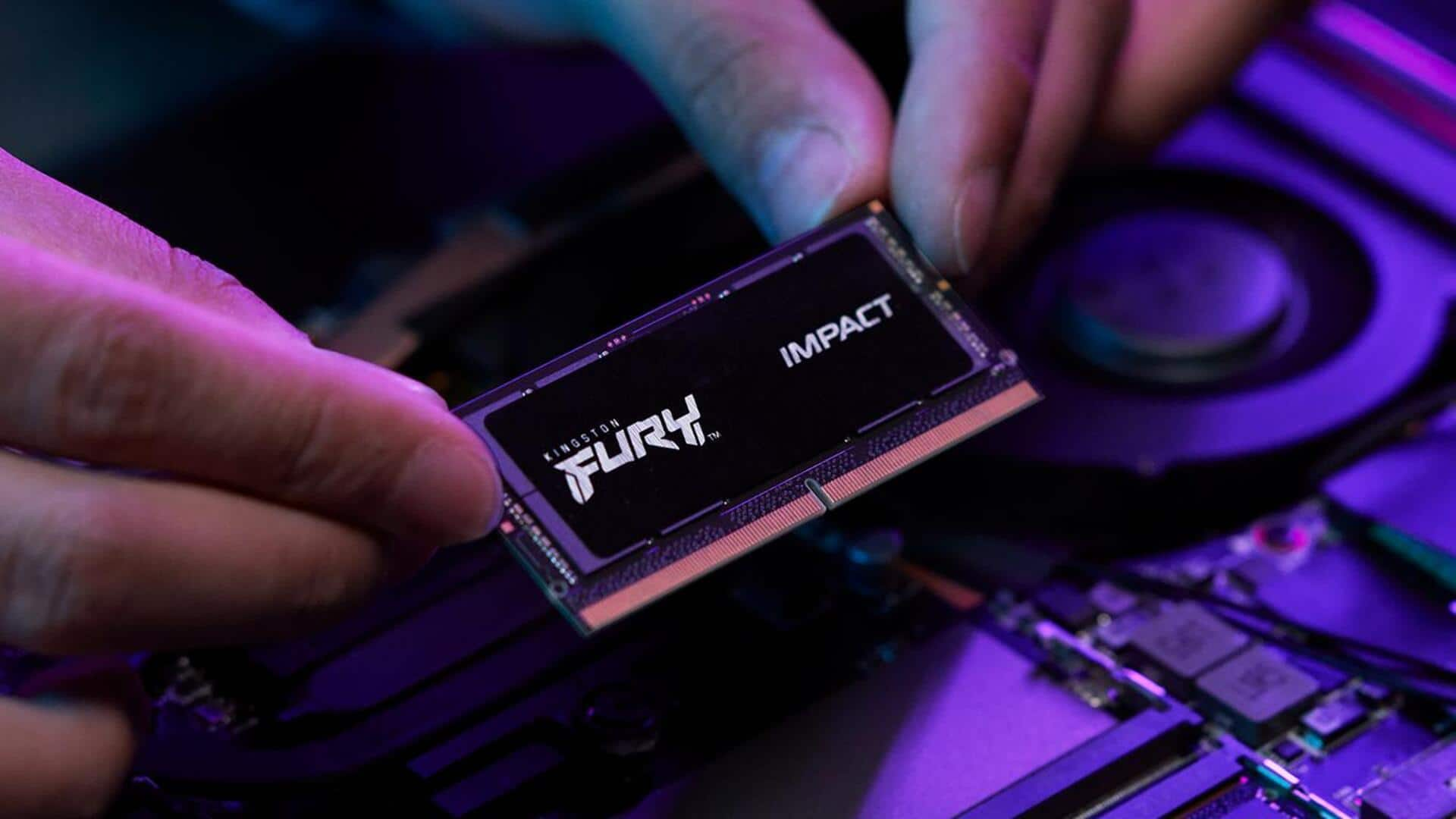
DIY laptop RAM upgrade: A guide
What's the story
Upgrading your laptop's RAM can significantly enhance its performance, especially if you're running multiple applications or working with demanding software. While many opt for professional help, upgrading RAM is a task that can be easily accomplished at home with the right tools and knowledge. This guide provides a step-by-step approach to help you boost your laptop's performance by upgrading its RAM without professional assistance.
Tools required
Gather necessary tools
Before you begin, ensure you have all necessary tools handy. You will need a small Phillips screwdriver, an anti-static wrist strap to prevent static discharge, and possibly a plastic spudger for opening the laptop casing. Having these tools ready will make the process smoother and reduce the risk of damaging any components.
Compatibility check
Check compatibility
Before buying new RAM, check your laptop's specifications to ensure compatibility. Check the maximum supported RAM capacity, type (DDR3, DDR4), and speed (measured in MHz). You can find this information on your laptop manufacturer's website or in the user manual. Buying compatible RAM is important to ensure it works well with existing hardware.
Casing opening
Open laptop casing safely
To safely open your laptop's casing, first turn off the device and unplug it from any power source. Use an anti-static wrist strap to ground yourself and avoid damaging sensitive components with static electricity. Carefully remove screws holding the back panel using a Phillips screwdriver. If necessary, use a plastic spudger to gently pry open the casing without damaging it.
Ram installation
Install new RAM modules
Once you have access to the motherboard, locate the RAM slots. If there are empty slots, insert new RAM modules by aligning them correctly in their respective slots at an angle of about thirty degrees before pressing down until they click into place securely.
Reassembly tips
Reassemble laptop casing
After installing new RAM modules, carefully reattach your laptop's back panel by aligning it properly over its original position before securing it back with screws tightly, but not overly so as not to strip threads. Finally, power up your device, confirming successful recognition of upgraded memory through system settings or BIOS menu if needed.